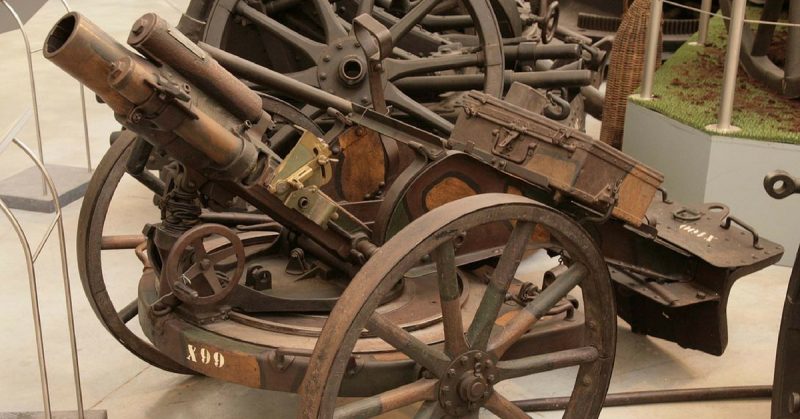Portable trench mortars were one of the major innovations of the First World War. A response to the difficult fighting conditions of trench warfare, they were a weapon the use of which the Germans at first gained the upper hand. Soon, both sides were using them in large numbers, and these mortars played an important part in the latter period of the war, as well as becoming part of its lasting legacy.
Reviving an Old-Fashioned Weapon
A well-designed mortar is one of the least impressive looking weapons in the world. Little more than a pipe on a stand, it shows none of the complexity of other modern weapons. But this simplicity is the reason why it’s so valuable.
Mortars were among the very first gunpowder weapons, lobbing projectiles in arcs to fall down upon the enemy, as catapults and trebuchets did. This meant the gunners could hit targets who were out of sight and protected by terrain or defenses from the firepower of cannons and handguns. Firing explosive projectiles was an obvious adaptation which delivered a greater destructive force behind the enemy’s defenses.
Small mortars designed to be used at close range had been around since the 17th century, but by the start of the First World War they had fallen out of fashion. Large weapons were used to bombard enemy positions, and for close range work, there were machine-guns. No-one foresaw the circumstances that would lead to the widespread adoption of the trench mortar in Europe.
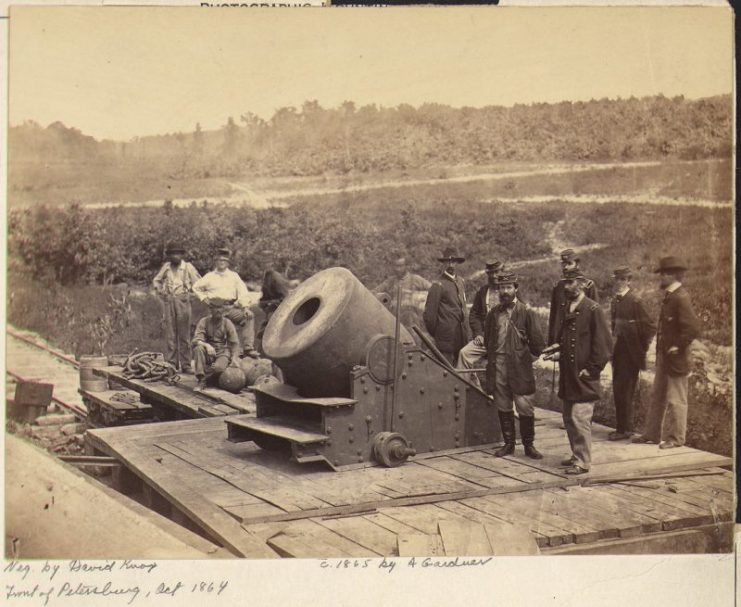
German Superiority
The Germans had some inkling that small mortars might come in useful. Their observers had seen them in action during the Russo-Japanese war (1904-5) and decided that it was worth investing, if only to a limited extent, in this weapon of war.
The result was the Minenwerfer (mine thrower). This was a mortar, fielded in various different sizes, designed to tackle France’s concrete and steel frontier defenses. As a result, it was heavier and less portable than later mortars, with even the light version weighing in at over 200 pounds.
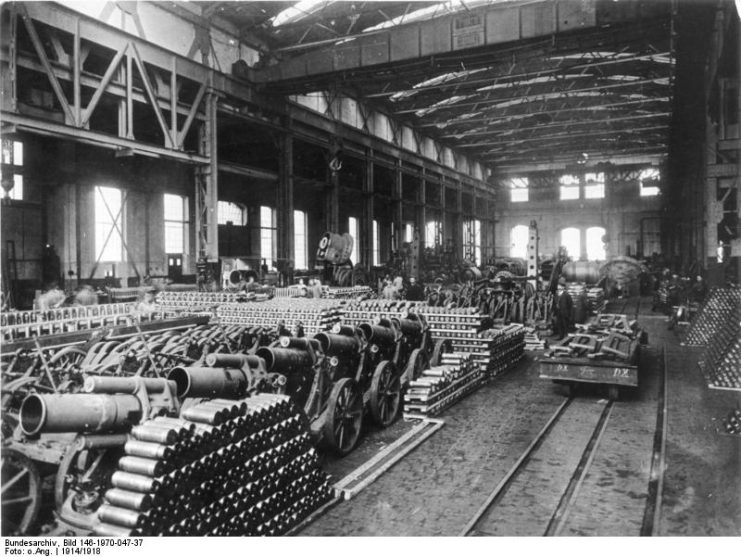
After experiments with different designs, the Germans settled on a breech-loading rifled weapon with a percussion fuse projectile that exploded on impact. It could fire a variety of ammunition, including explosive, incendiary, and eventually gas shells., with a range of around 1000 yards.
Because it was designed to move through heavy defenses, the Minenwerfer was a sturdy weapon. It was transported on a wheeled carriage, dragged by a group of infantrymen. It could be fired from this carriage if necessary but was usually dismounted and placed on a steel plate for firing from the trenches.
Though they only had around 150 of these weapons at the start of the war, this still gave the Germans an edge in the use of mortars in the battlefield. As the fighting became bogged down and men took shelter in trenches, it became clear that mortars were going to be incredibly valuable, allowing the troops to attack their unseen opponents. Production of Minenwerfer increased to equip the German armies on the Western Front.
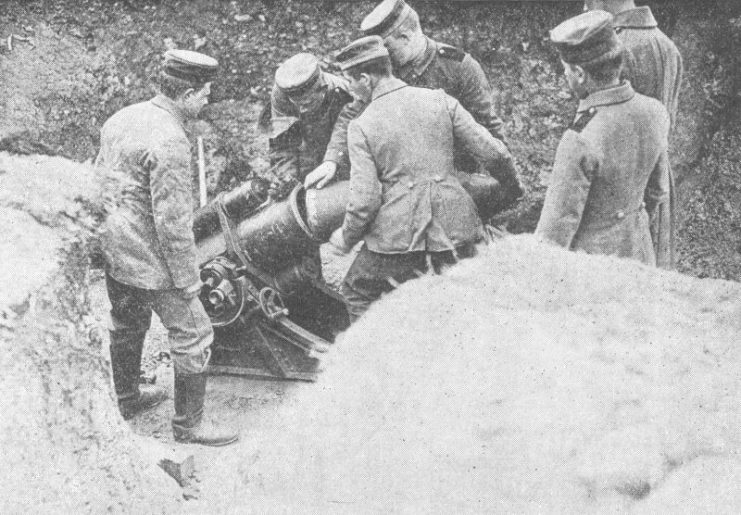
The Allied Response
At the start of the war, the Allies had no mortars. Upon seeing what the Germans were doing, they rushed to remedy this situation. The French dusted off ancient weapons and returned them to battlefield duties. Meanwhile, the British began improvising, creating devices like giant crossbows or medieval siege weapons with which to lob explosives into the opposing trenches.
1915 saw the Allies step up their game. The French deployed the Batignolles, heavy trench mortars that could respond in kind to the Minenwerfer. But it was the British inventor Sir Wilfred Stokes who created what would become the standard in mortar design.
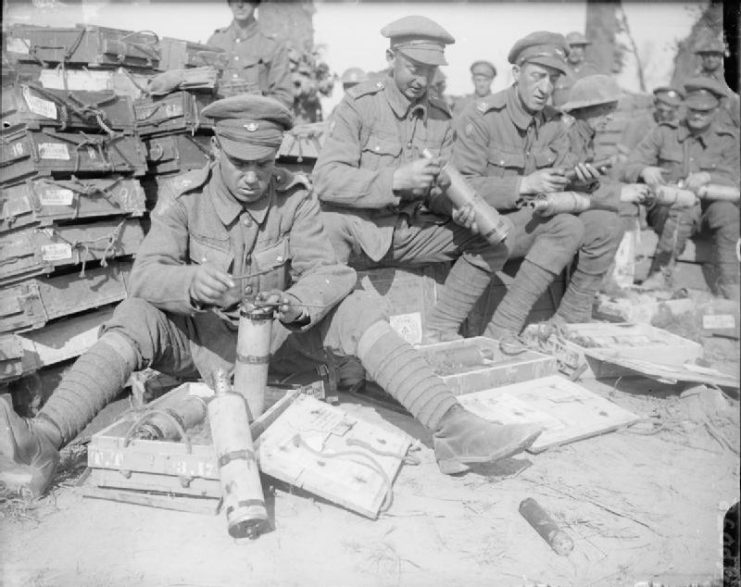
Designed in 1915 and fielded in 1916, the Stokes mortar consisted of a smoothbore steel tube, a steel base plate for it to rest on, and a pair of legs to prop up the tube. A firing pin at the bottom of the tube was all that was needed for a firing mechanism. Rocket-shaped projectiles with stabilizing fins restored the accuracy lost to its lack of rifling.
To fire the Stokes mortar, all a soldier had to do was drop a round down the barrel. When it hit the bottom, the pin ignited the firing charge, lobbing it out of the tube and over the enemy defenses.
One of the great advantages of the Stokes design was its portability. The whole assembly weighed around 100 pounds and could be broken down into three parts. This meant that its two-man crew could carry it by hand around the trenches, without the need for a carriage like that used by the Minenwerfer.
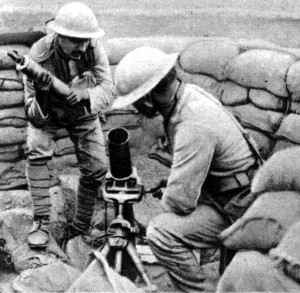
Changing War
As the war progressed, other nations adopted designs inspired by the Stokes mortar.
Later in the war, the Germans recognized the limitations that their heavy weapons placed on them. They created the lightweight Granatenwerfer (grenade-thrower), which fired a finned grenade much like the Stokes. Its range was only a third of that of the British creation but was still enough for infantry firing at opposing trench lines. Critically, it was light enough to be carried by its users.
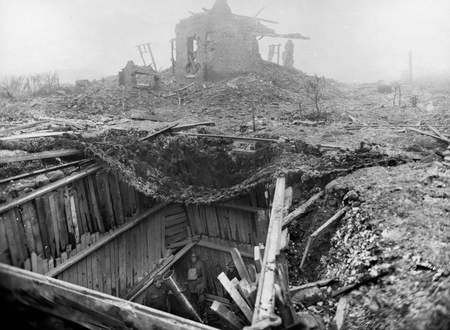
Trench mortars, and in particular these lighter models, played an important part in the final year of the war. During this phase, the German spring offensives introduced a new, aggressive form of warfare in which elite, well-equipped stormtroopers broke holes in the Allied lines and brought a new war of mobility. Trench mortars were among the weapons that allowed them to do this, by providing supporting fire that could move forward with the infantry.
Germany’s adoption of the trench mortar, coupled with Stokes’s innovative adaptation, created a new feature of modern armies. Light trench mortars became popular and versatile tools fielded by armies across the globe throughout the 20th century. While many of the techniques of the First World War would soon be abandoned, this was a weapon that would have a lasting impact.
Sources:
William Weir (2006), 50 Weapons that Changed Warfare.
Ian Westwell (2008), World War I.
